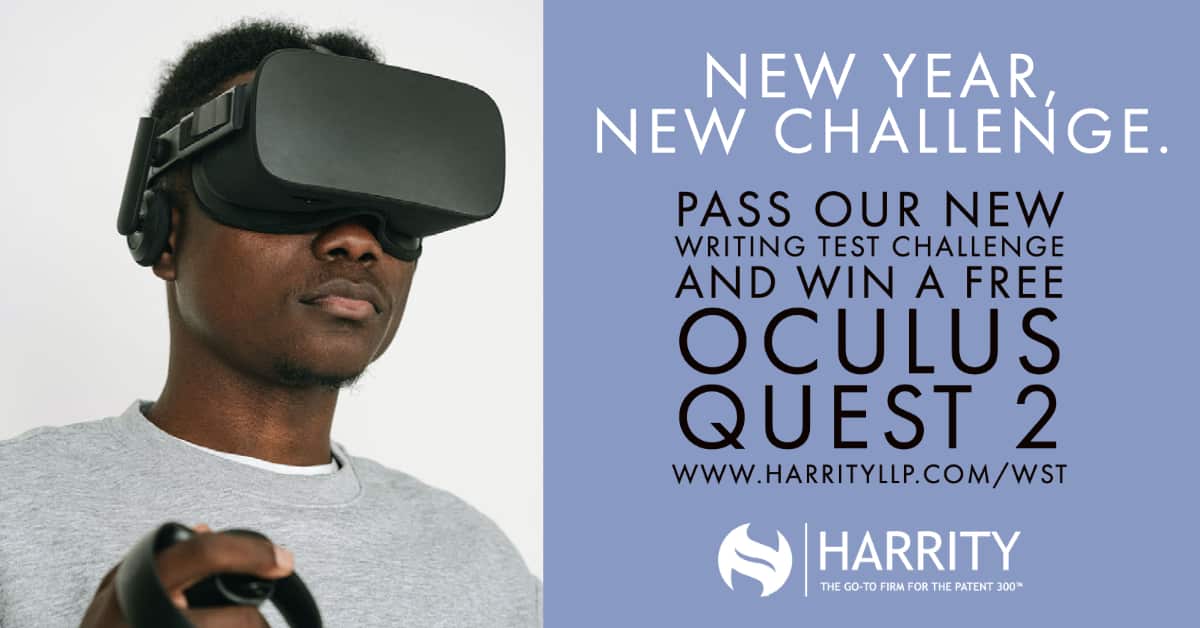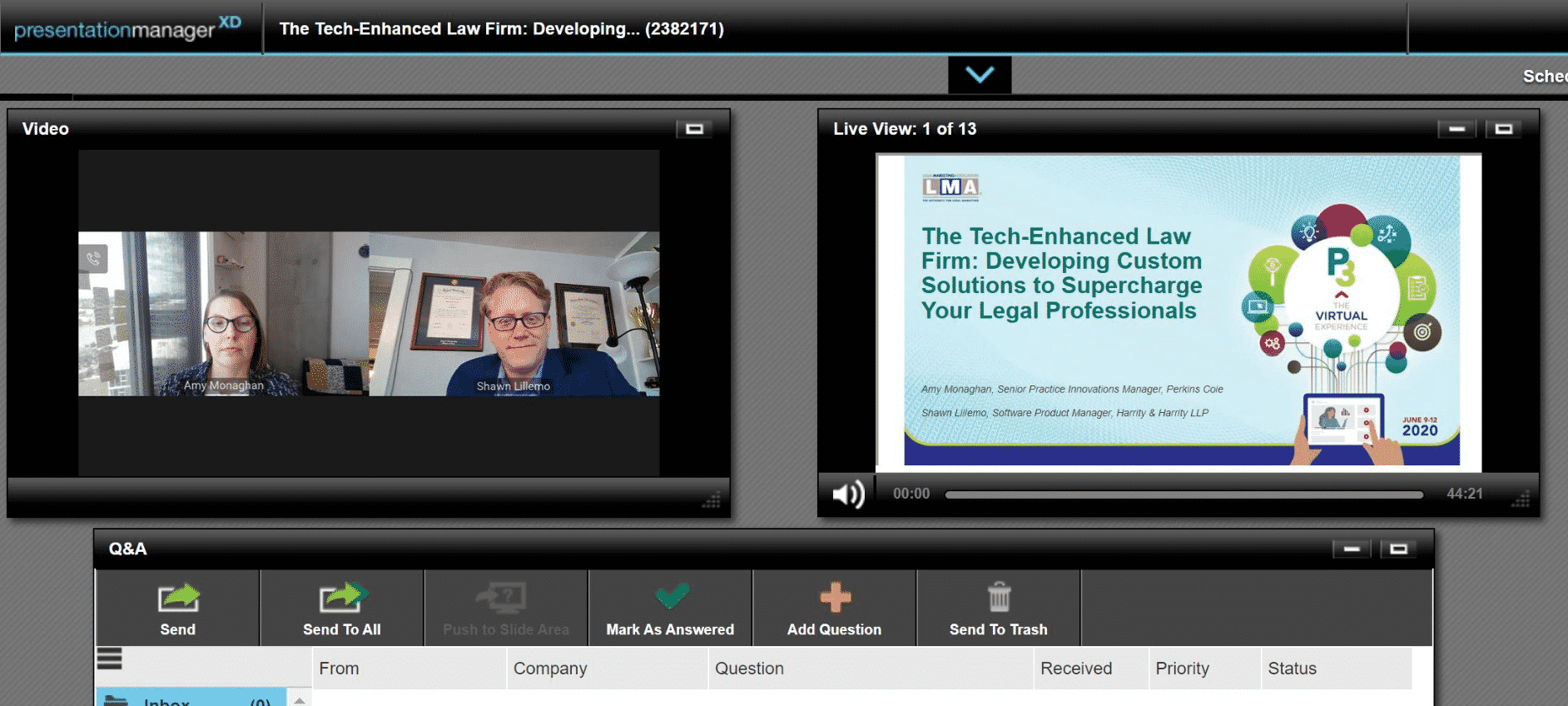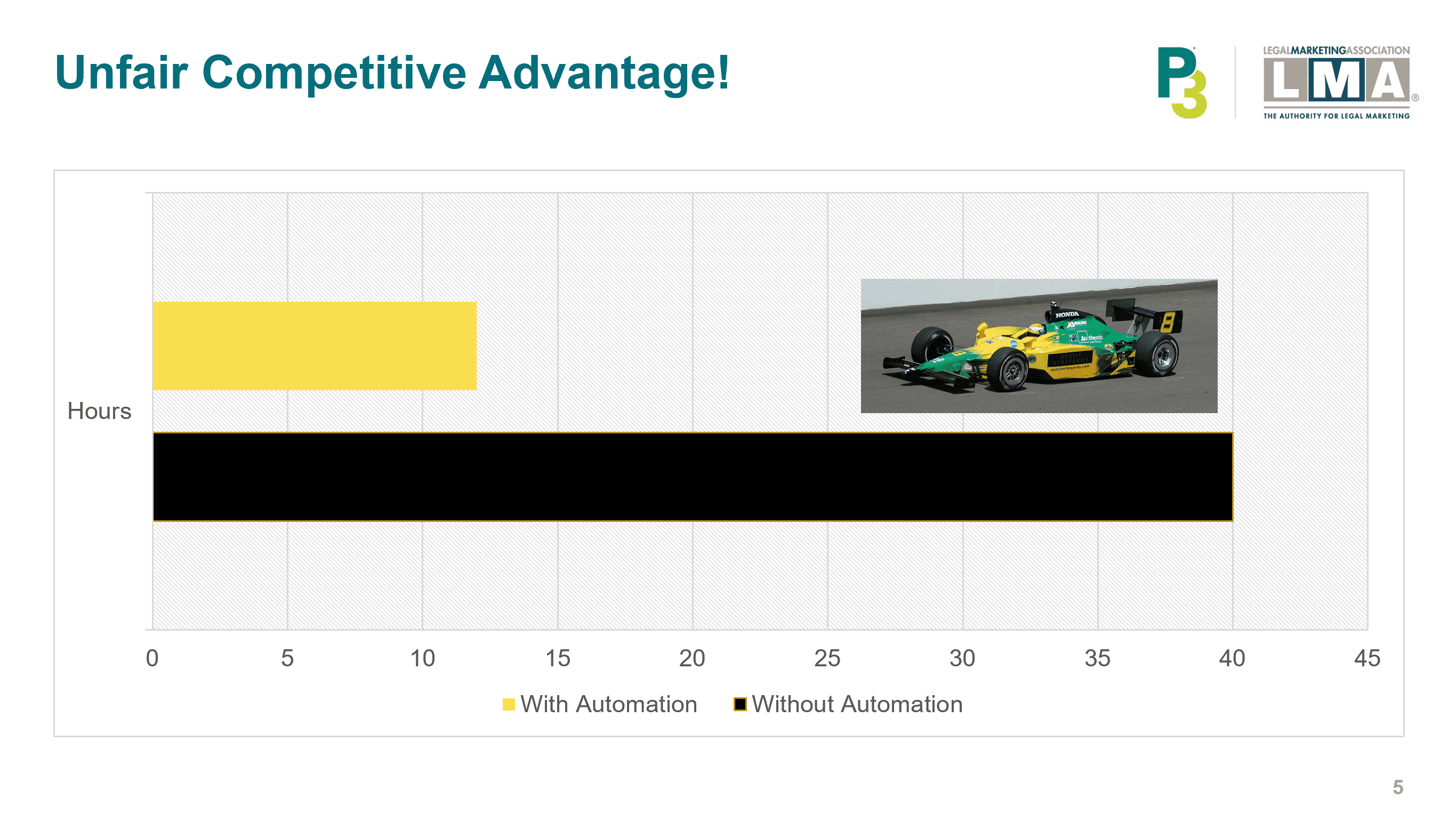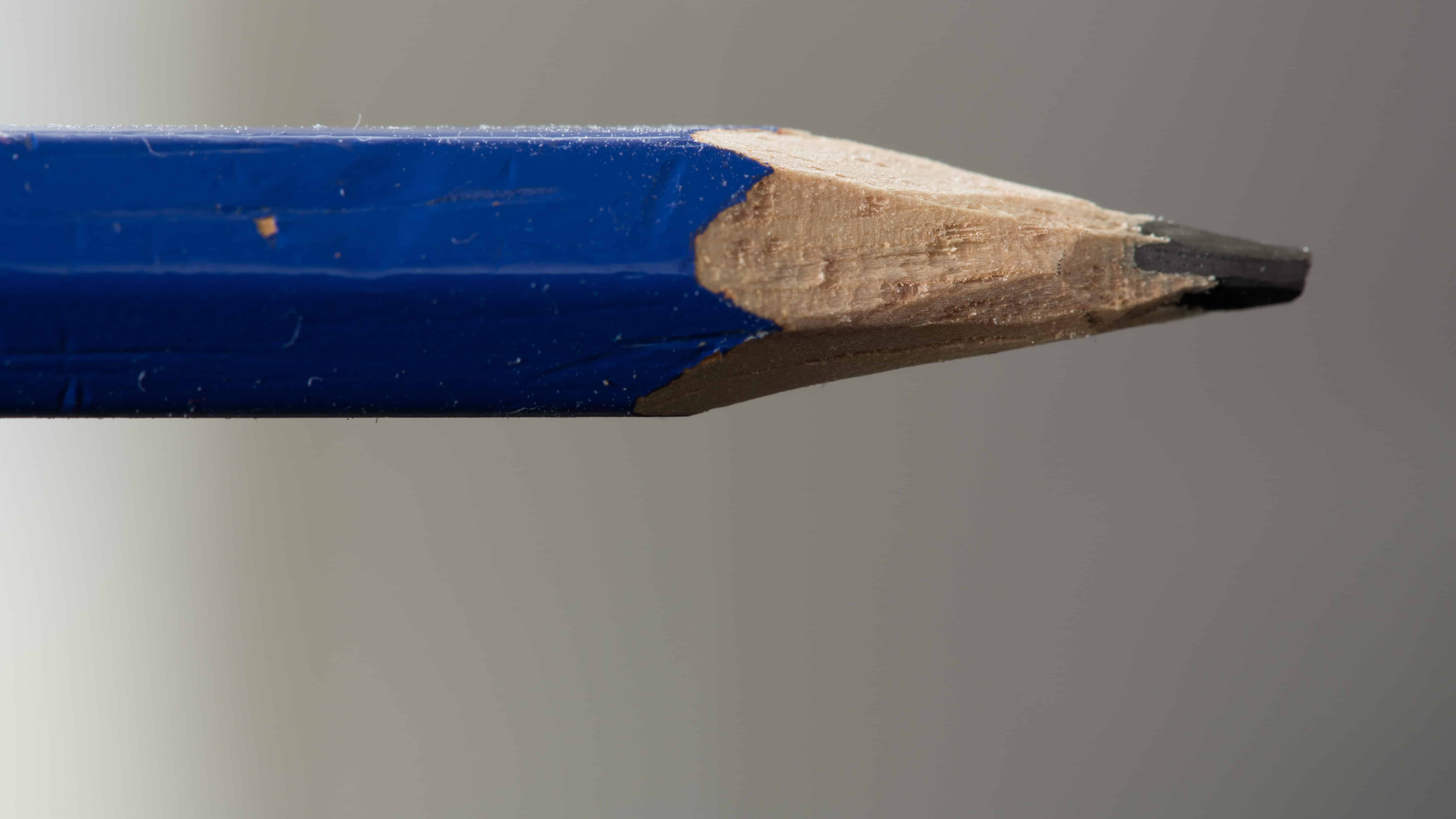Harrity to Donate to Charity & Gift Oculus Quests to Winners of This Challenge
Harrity & Harrity, LLP is launching a new challenge to test participants’ ability to draft an overview description and a claim for an electronic invention. Winners of the challenge will receive a free Oculus Quest Virtual Reality Headset!
The Harrity Writing Sample Test is used in our application process to screen candidates based on their patent application writing ability. All identifying information is removed prior to grading the test in order to remove any unconscious bias and ensure that the test is evaluated solely on the quality of the candidate’s submission. For this challenge, the Writing Sample Test will be graded based on four areas of criteria: Writing, Technical Proficiency, Instructions, and Claim. Contestants must earn a minimum passing score of 90 points (out of 100) to win an Oculus. The test takes, on average, 2 hours to complete. While Harrity receives hundreds of applications every year, less than 10% of applicants pass the Writing Sample Test.
While only the top performers will win an Oculus, Harrity is adding another reason to participate. The firm will donate $100 to its Harrity 4 Charity partner charities for every individual that takes the test. Participants can choose how to divide up the donation between the American Heart Association, ZERO: The End of Prostate Cancer, Inova Children’s Hospital, and No More Stolen Childhoods.
If you would like to partake in the challenge, the deadline to submit your Writing Sample Test is Monday, March 1st, 2021. Winners will be notified by email and announced to our Social Media Pages on Wednesday, March 3rd, 2021. Feedback will be provided to all contestants via email whether or not they win the challenge, with the goal of helping each participant improve their writing skills.
There is a limit of one prize per person. You must be a registered patent agent or attorney with the USPTO to enter.
Visit harrityllp.com/wst to take the challenge today!







